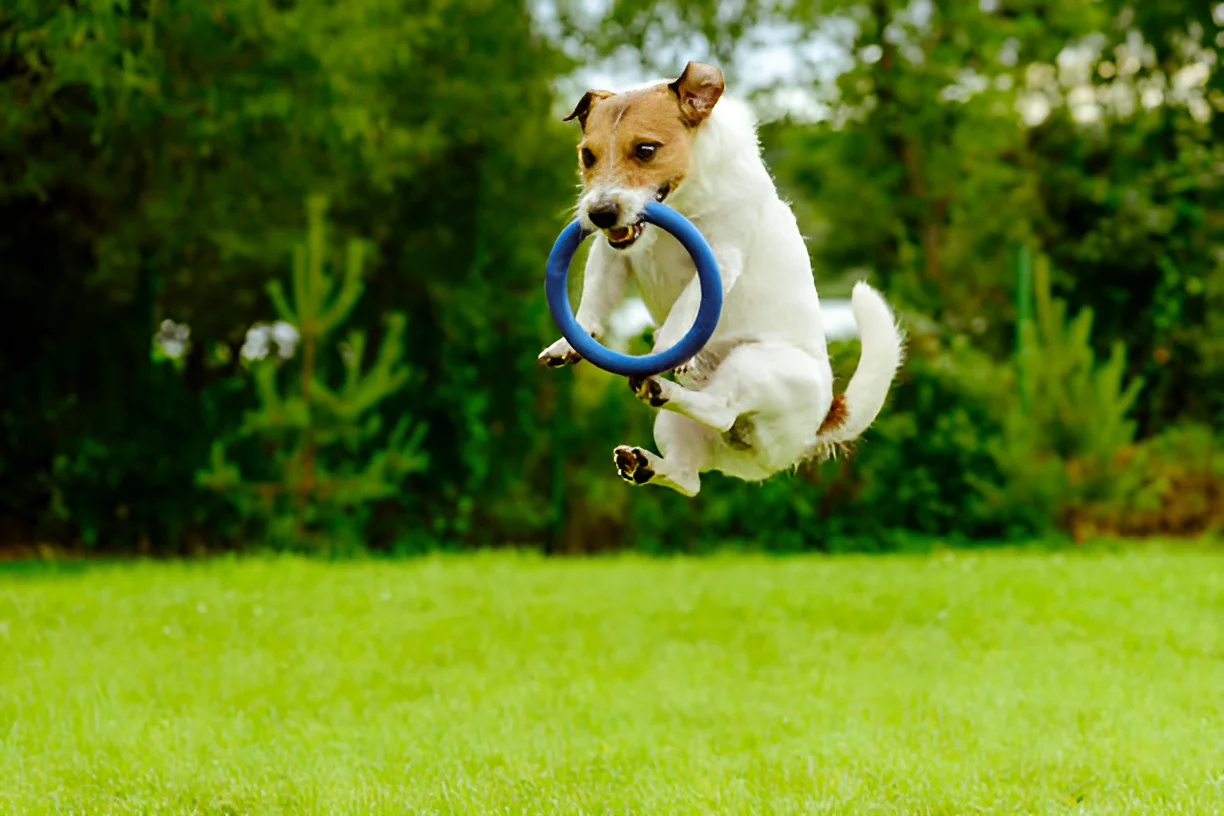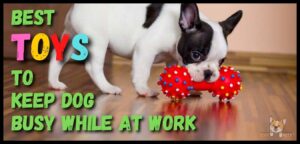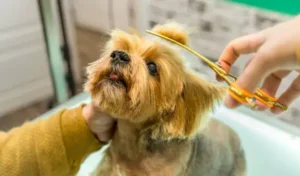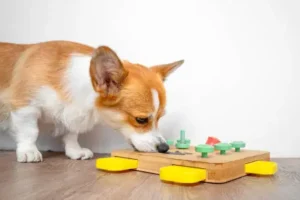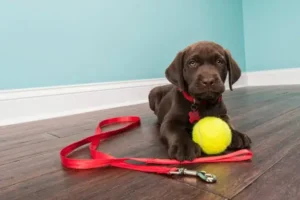Tossing a dog is not recommended as it can cause injury and distress. Instead, focus on safe and gentle ways to handle and play with your dog. The phrase “toss a dog” can be misleading and potentially harmful if taken literally. Dogs are living beings with physical and emotional needs, and handling them roughly can lead to injuries and behavioral issues. This comprehensive guide will explore safe and humane ways to handle, play with, and train your dog, ensuring their well-being and happiness. By understanding the proper techniques and approaches, you can build a strong, trusting relationship with your furry friend.
Understanding the Importance of Gentle Handling
Dogs, like humans, have physical and emotional sensitivities. Rough handling can cause physical injuries such as bruises, fractures, and internal damage. It can also lead to emotional trauma, resulting in fear, anxiety, and aggression. Here are some key reasons why gentle handling is crucial:
- Physical Safety: Gentle handling prevents injuries and ensures your dog’s physical well-being.
- Emotional Well-being: Dogs that are handled gently are more likely to feel secure and trust their owners.
- Behavioral Health: Proper handling techniques can prevent behavioral issues such as fear and aggression.
Safe Ways to Handle Your Dog
Handling your dog safely involves understanding their body language and using techniques that ensure their comfort and security. Here are some tips for safe handling:
- Support Their Body: When picking up your dog, always support their body. Place one hand under their chest and the other under their hindquarters to lift them gently.
- Avoid Sudden Movements: Sudden movements can startle your dog and cause them to react defensively. Move slowly and calmly when handling them.
- Respect Their Space: Allow your dog to approach you on their terms. Avoid forcing interactions, especially if your dog seems anxious or fearful.
- Use Positive Reinforcement: Reward your dog with treats and praise for allowing you to handle them. This helps build positive associations with being handled.
Engaging in Safe Play
Playtime is essential for your dog’s physical and mental stimulation. However, it’s important to engage in safe play to prevent injuries and ensure a positive experience. Here are some tips for safe play:
- Choose Appropriate Toys: Select toys that are safe and suitable for your dog’s size and play style. Avoid toys with small parts that can be swallowed.
- Supervise Playtime: Always supervise your dog during play to prevent accidents and intervene if play becomes too rough.
- Interactive Games: Engage in interactive games such as fetch, tug-of-war, and hide-and-seek. These games provide physical exercise and mental stimulation.
- Avoid Overexertion: Be mindful of your dog’s energy levels and avoid overexerting them. Provide breaks and plenty of water during playtime.
Training Techniques for a Well-Behaved Dog
Training is essential for teaching your dog good manners and ensuring their safety. Positive reinforcement is the most effective and humane training method. Here are some training techniques to consider:
- Basic Commands: Teach your dog basic commands such as sit, stay, come, and heel. Use treats and praise to reward good behavior.
- Crate Training: Crate training provides your dog with a safe and secure space. It also helps with housebreaking and prevents destructive behavior when you are not home.
- Leash Training: Teach your dog to walk calmly on a leash. Use positive reinforcement to reward good behavior and correct pulling or lunging.
- Socialization: Expose your dog to different people, animals, and environments to help them become well-adjusted and confident.
Health and Wellness Considerations
Maintaining your dog’s health and wellness is essential for their overall well-being. Here are some tips to keep your dog healthy:
- Regular Vet Check-Ups: Schedule regular veterinary check-ups to monitor your dog’s health and address any potential issues.
- Balanced Diet: Provide a balanced diet that meets your dog’s nutritional needs. Consult with your veterinarian to choose the best food for your dog.
- Grooming: Regular grooming is essential to keep your dog’s coat healthy and clean. Brush their coat, trim their nails, and clean their ears regularly.
- Vaccinations and Preventatives: Ensure your dog is up-to-date on vaccinations and preventatives for fleas, ticks, and heartworms.
Conclusion
Handling and playing with your dog in a safe and gentle manner is crucial for their physical and emotional well-being. By understanding the importance of gentle handling, engaging in safe play, and using positive reinforcement training techniques, you can build a strong, trusting relationship with your dog. Always prioritize your dog’s safety and comfort, and consult with your veterinarian for any health concerns. With the right approach, you can ensure your dog leads a happy, healthy, and fulfilling life.
The photo featured below the post headline is Credit: alexei_tm/istockphoto
I hope you find this post helpful and informative. If Yes’ feel free to share it with your friends!
Frequently Asked Questions
Can you toss a dog safely?
No, tossing a dog is not safe and can cause injury and distress. Always handle your dog gently and with care.
How should I pick up my dog?
When picking up your dog, support their body by placing one hand under their chest and the other under their hindquarters. Lift them gently and avoid sudden movements.
What are some safe ways to play with my dog?
Engage in interactive games such as fetch, tug-of-war, and hide-and-seek. Choose appropriate toys and always supervise playtime to prevent accidents.
How can I train my dog effectively?
Use positive reinforcement techniques, such as treats and praise, to reward good behavior. Teach basic commands, crate train, leash train, and socialize your dog.
What are some health and wellness tips for my dog?
Schedule regular vet check-ups, provide a balanced diet, groom your dog regularly, and ensure they are up-to-date on vaccinations and preventatives.

